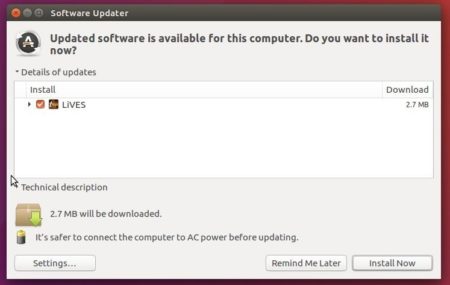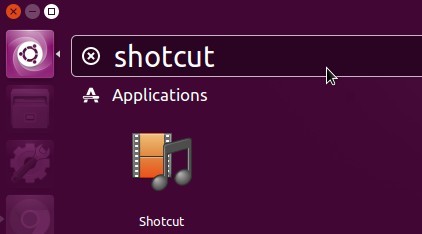![]()
Flowblade, a multi-track non-linear video editor Linux, released new major 2.8 version today with focused on making the app more configurable.
For 1680 x 1050 and higher screen resolution, now you can change the panels layout by moving panels to different positions using View->Panel Placement submenu.
The Middlebar now is more customizable by selecting View->Middlebar layout->Free Bar and then selecting which items in Middlebar are displayed and in which order via View -> Middlebar layout – > Configure Free Bar….

The keyboard shortcut is also customizable. First create a custom shortcut group via top-left menu button in “Keyboard Shortcuts” dialog, you can then select this group and change the shortcuts as you want.

Other changes in Flowblade 2.8 include:
- New Flowblade Neutral and Flowblade Gray themes.
- Use Tool Dock widget to select Timeline Edit Tools
- Move Filter Selection panel to right side of the Timeline
- A set colored of icons to be optionally used in the Middlebar
- Relink a directory feature for Media Relinker
- New new French language user manual and more.
How to install Flowblade in Ubuntu:
The software offers official DEB binary package available to download at:
Just grab the DEB package, then install it either via Gdebi, Software Install, or by running command in terminal:
sudo apt install ./Downloads/flowblade-*.deb






























